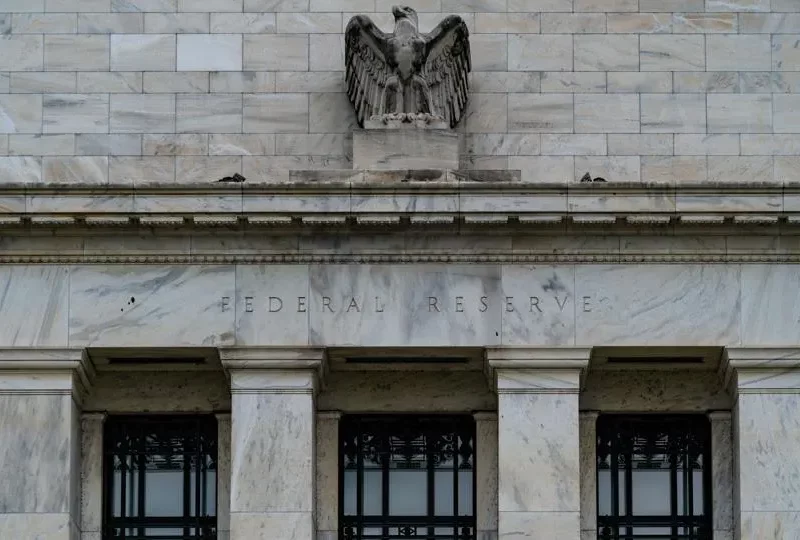The U.S. Federal Reserve has cut interest rates by 50 basis points to a range of 4.75%-5%, marking the end of a monetary tightening cycle that began in March 2022. Here’s how the rate cut impacts the global economy, with clear winners and losers:
Winners:
1. Borrowers: Individuals, businesses, and governments benefit as loan costs decrease, reducing monthly payments.
2. Stock Markets: Lower interest rates push investors to seek better returns in equities, potentially boosting global stock markets.
3. Gold: Gold prices tend to rise as interest rates drop, with investors turning to it as a safe haven amidst lower returns on deposits and bonds.
4. Exporters: Falling rates usually lead to currency depreciation, making exports from affected countries more competitive internationally.
5. Local Economies: Lower borrowing costs stimulate local investments, driving economic growth, production, and employment.
Losers:
1. Banks: Banks may see a decline in deposits as savers shift to higher-yield investments.
2. Cautious Savers: Risk-averse savers lose out as lower interest rates reduce returns on traditional savings.
3. China: A weaker dollar strengthens the yuan, making Chinese exports more expensive and less competitive.
4. Inflation: Lower rates can drive up demand, which may outstrip supply, potentially causing inflation.
In Africa, South Africa is likely to follow suit with a rate cut, while several Arab central banks, including those in the UAE, Qatar, Bahrain, Kuwait, and Saudi Arabia, have already adjusted their rates in response to the U.S. move, due to the peg between their currencies and the U.S. dollar.
Impact of falling US interest rates: who are the winners and losers?
